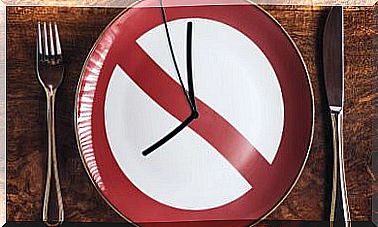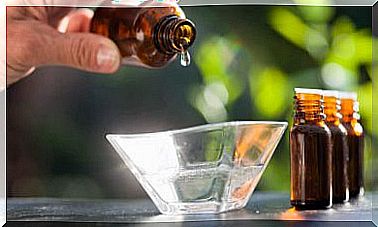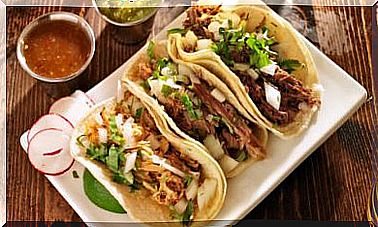Esophageal Foreign Body Extraction
Esophageal foreign body is considered to be any material that is lodged inside the esophagus. One third of gastrointestinal foreign body cases correspond to an esophageal foreign body.
Many of the patients who swallow foreign bodies are asymptomatic. This is because they manage to pass spontaneously along the digestive tract. However, this is not common. In fact, as a result of a foreign body, severe complications such as intestinal perforations or obstructions can occur.
In these situations, you must act as early as possible. Thus, an esophageal foreign body should be suspected at the slightest indication that it appears.
Causes and predisposing
In children, the most common cause of an esophageal foreign body is swallowing. This is due to their habit of putting all kinds of objects in their mouths. In adults, the foreign body begins in the first instance also with a swallow, but it obviously has different causes.
The most common cause of esophageal body in adults is impaction of a food bolus, usually meat. However, this impaction usually requires the esophagus to be previously narrowed.
Some pathologies that bring esophageal narrowing are:
- Distal esophageal ring, generally of congenital origin.
- Tumor formation that reduces the diameter of the canal.
- Eosinophilic esophagitis: accumulation of a type of white blood cells in reaction to allergens or acid reflux.
Response to an esophageal foreign body
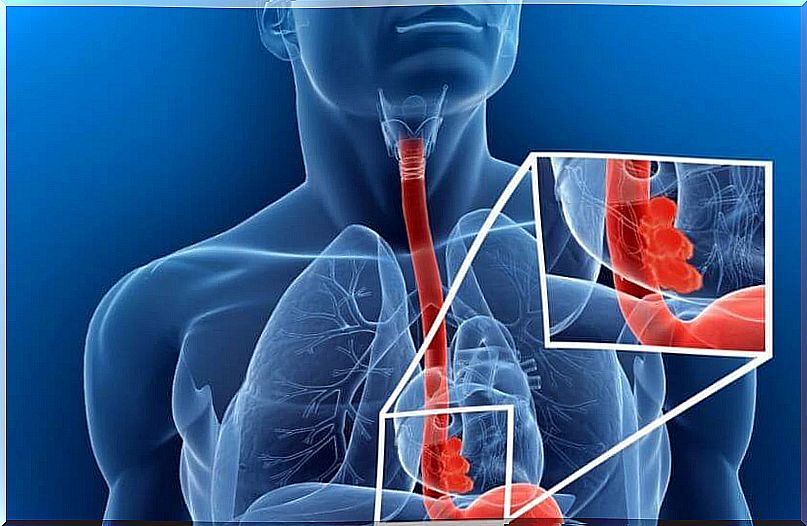
The European Society of Gastrointestinal Endoscopy (ESGE) has developed a protocol for action against the esophageal foreign body. According to it, attention must be directed in the first instance to the general state of health of the individual, in order to determine the urgency of action.
Second, it recommends a radiographic study, in order to determine its presence, location, size, position and number in case:
- The object is suspected or known to be radiopaque (visible by x-ray).
- The nature of the object is unknown.
Endoscopy
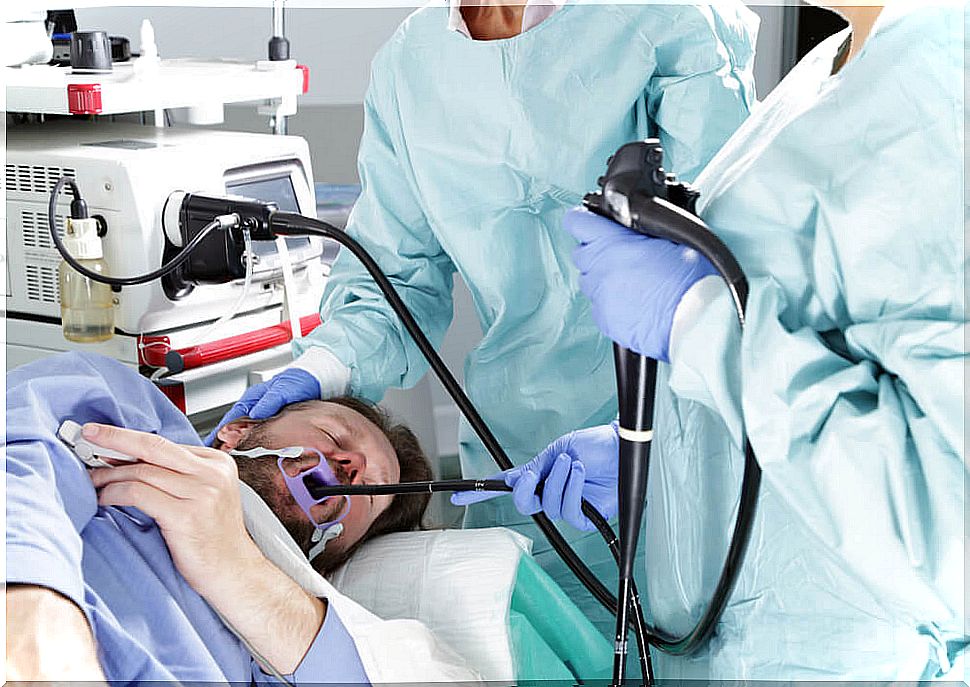
Endoscopy is a technique during which a probe (endoscope) is inserted into the body. This probe has a light and a camera, so it allows visualization of internal compartments.
Objects can be inserted through the endoscope that allow manipulation of the interior of the body. An example of its usefulness is the removal of esophageal foreign bodies. This can be done with a flexible endoscope (most of the time) or with a rigid endoscope.
Some studies suggest that endoscopy is usually curative if the foreign body is in the upper esophagus.
There are, in turn, many types of endoscopies. For example, a small, blunt esophageal foreign body can be removed with a Foley catheter. This instrument consists of a long, soft plastic or rubber tube with an inflatable part.
Another type of procedure is the Bougienage , which can also be used with small, blunt objects. It consists of the introduction of an instrument, known as the Bougie , through the esophageal tube. The difference is that the goal of this technique is to push the foreign body into the stomach.
Esophageal foreign body that has already passed into the stomach
If the foreign body is long or sharp, it will be attempted endoscopically if it can be reached. On the other hand, if the object is small and blunt and has already passed into the duodenum, a conservative treatment will be started. First, radiographic surveillance of the passage of the object through the digestive tract will be carried out.
Second, and until the removal of the foreign body from the organism is evident, the stool will be inspected. In addition, the development of the patient’s symptoms should be carefully observed.
It is noteworthy that 80% of esophageal foreign bodies that reach this point pass spontaneously to the end of the digestive tract. However, about 12% require surgery, which is currently carried out without mortality.




